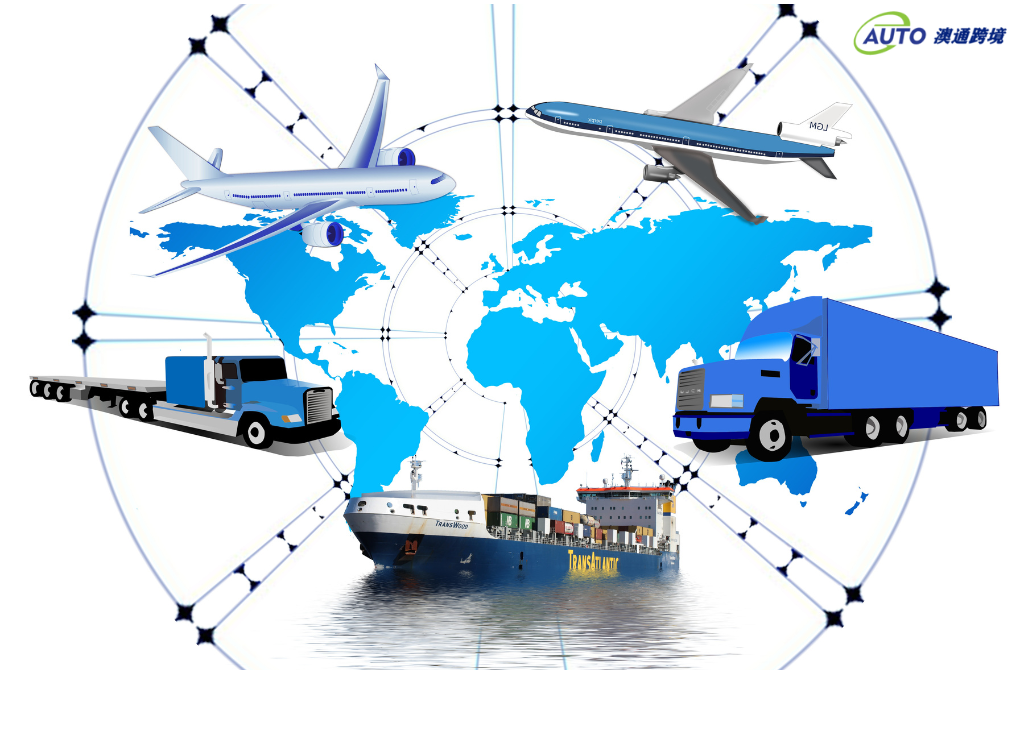FBA LCL Quote
FBA 40HQ FCL Quote
As we move into 2024, the landscape of inventory and supply chain management continues to evolve, influenced by rapid technological advancements, changing consumer demands, and the ongoing effects of global disruptions. Here’s a detailed exploration of how businesses are adapting to these changes.
1. Increased Automation and AI Integration
Automation and artificial intelligence (AI) are increasingly pivotal in optimizing inventory management and logistics. AI algorithms can predict demand more accurately, automate restocking processes, and enhance the efficiency of warehouse operations.
2. Enhanced Transparency with Blockchain
Blockchain technology is becoming more prevalent, offering unmatched transparency across the supply chain. This technology helps in tracking product provenance and ensuring the integrity of goods from manufacture to sale.
3. Focus on Sustainability
Sustainability is driving significant changes in supply chain practices. Companies are increasingly adopting green logistics, which involves minimizing waste, optimizing routes to reduce fuel consumption, and using eco-friendly packaging.
4. Resilience Through Diversification
In response to recent global supply chain disruptions, businesses are diversifying their supplier bases. This strategy is crucial for mitigating risks associated with geopolitical tensions, pandemics, or natural disasters.
5. Customer-Centric Supply Chains
There's a shift towards more customer-centric models, where supply chains are being restructured to deliver faster and more reliably. This involves strategies like localizing inventory closer to key markets to reduce delivery times and costs.
6. Advanced Data Analytics
Data analytics continues to play a crucial role in supply chain management. Leveraging big data allows companies to optimize their operations by understanding market trends, customer behavior, and potential logistical bottlenecks.
7. The Rise of On-Demand Manufacturing
On-demand manufacturing is on the rise, allowing companies to produce goods closer to the consumer and only as needed to reduce overproduction and holding costs.
Conclusion
As businesses continue to navigate the complex terrain of supply chain management in 2024, flexibility, technology adoption, and strategic planning remain essential. These trends not only help in managing operational costs but also in enhancing service delivery, ultimately leading to greater customer satisfaction and business resilience. These strategies demonstrate a commitment to innovation and adaptability in a rapidly changing global market.



